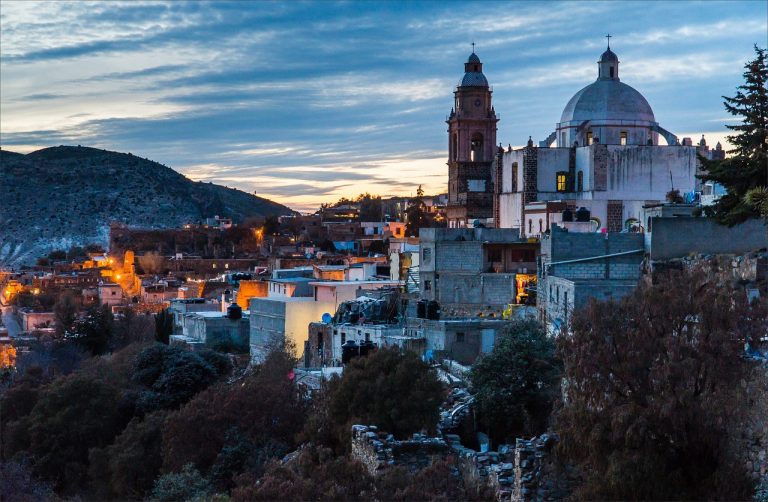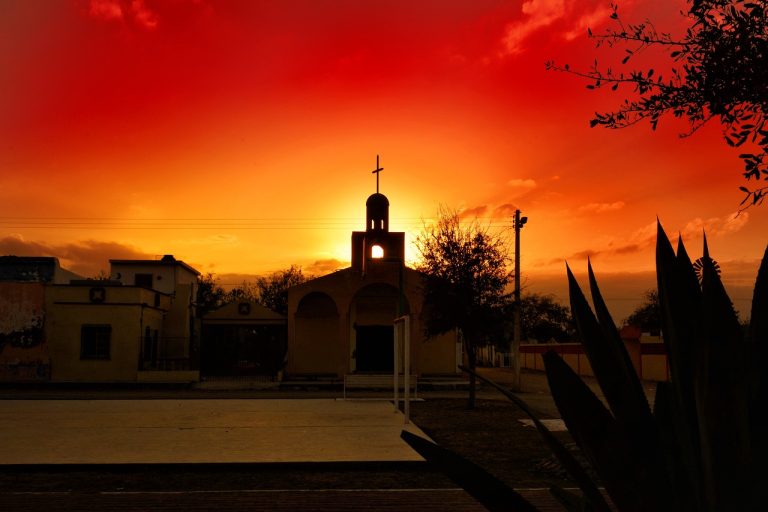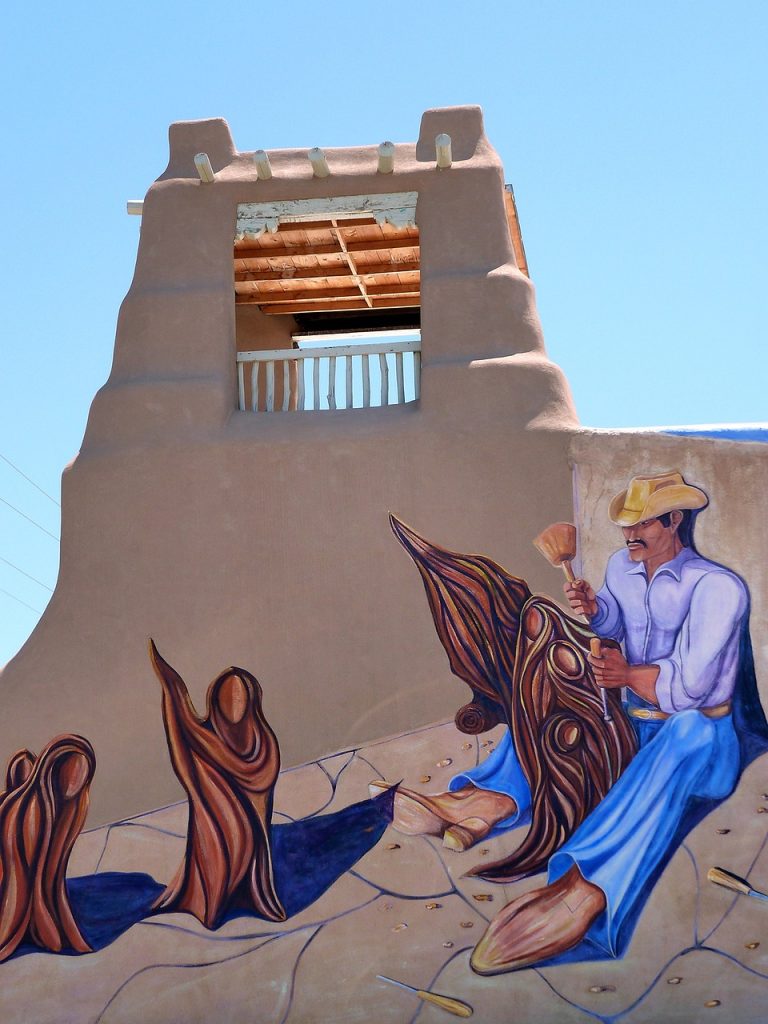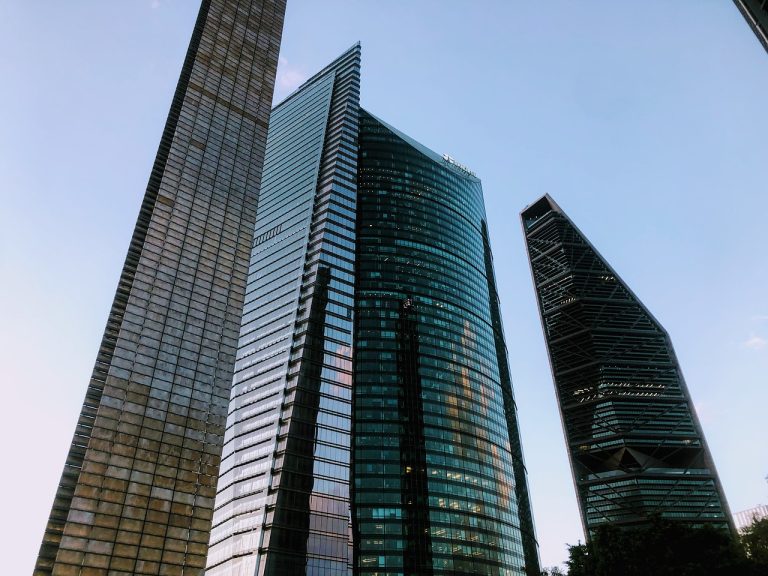Mexico City Mexico Video
Artisanal Crafts and Markets of Mexico City, Mexico
Mexico City, the vibrant capital of Mexico, is renowned for its rich cultural heritage and artistic traditions. The city is a treasure trove for art enthusiasts and lovers of artisanal crafts. From bustling markets to specialized workshops, Mexico City offers a plethora of opportunities to explore and appreciate traditional Mexican craftsmanship. This article will delve into the diverse world of artisanal crafts and markets in Mexico City, providing you with an in-depth understanding of the unique creations and cultural significance they hold.
Artisanal Markets
- La Ciudadela Market: Located in the heart of Mexico City, La Ciudadela Market stands as one of the largest and most iconic artisanal markets in the city. Here, you can find an extensive range of traditional crafts, including pottery, textiles, jewelry, and more. The market is a hub for local artisans who showcase their skills and offer visitors the opportunity to purchase one-of-a-kind pieces.
- Bazar Sabado: Held every Saturday, Bazar Sabado is a renowned market that takes place in the picturesque neighborhood of San Angel. This market is known for its high-quality crafts, including ceramics, textiles, and paintings. It attracts both locals and tourists alike, who come to admire and purchase unique handmade pieces directly from the artisans themselves.
- Coyoacan Market: Situated in the bohemian neighborhood of Coyoacan, this market offers a vibrant and lively atmosphere. Here, you can explore a wide variety of crafts, such as leather goods, clothing, and traditional Mexican toys. The market is also surrounded by charming cafes and restaurants, making it an ideal spot to immerse yourself in the local culture.

Traditional Textiles
- Oaxacan Textiles: Oaxaca, a state in southern Mexico, is renowned for its intricate and vibrant textiles. The indigenous communities in Oaxaca have preserved their weaving traditions for centuries, using techniques passed down through generations. These textiles often feature intricate patterns and designs, representing the cultural heritage of the region.
- Huipil: The huipil is a traditional garment worn by indigenous women in Mexico. It is a loose-fitting tunic-like blouse adorned with intricate embroidery and vibrant colors. Each huipil tells a story, with the designs symbolizing the wearer’s community, beliefs, and personal experiences.
- Tenango Embroidery: Originating from the Tenango de Doria region, Tenango embroidery is characterized by its bold and colorful designs. Artisans meticulously hand embroider intricate patterns onto fabric, creating visually stunning pieces. The embroidery often depicts animals, flowers, and scenes from daily life.
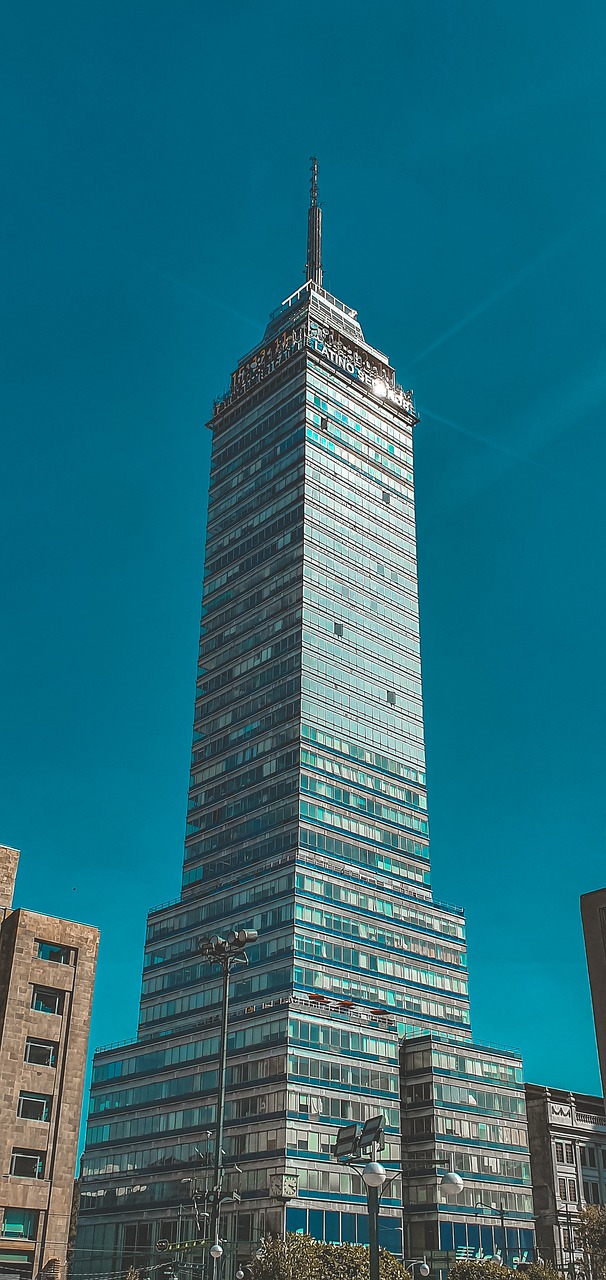
Traditional Pottery
- Talavera Pottery: Talavera pottery is a traditional craft that originated in the Spanish city of Talavera de la Reina and was later brought to Mexico. Puebla, a city near Mexico City, is famous for its exquisite Talavera pottery. The pottery is characterized by its intricate hand-painted designs, often featuring vibrant colors and floral motifs.
- Barro Negro: Barro Negro, meaning “black clay,” is a unique pottery style from the town of San Bartolo Coyotepec in Oaxaca. Artisans create stunning black pottery using ancient techniques, shaping and polishing the clay before firing it in a kiln. The finished pieces display a beautiful sheen and intricate patterns.
- Mata Ortiz Pottery: Mata Ortiz pottery originates from the small village of Mata Ortiz in the state of Chihuahua. Inspired by ancient Paquimé pottery, artisans in Mata Ortiz have revived and reinvented this traditional craft. Each piece is meticulously handcrafted and often features intricate geometric patterns.
Alebrijes and Woodcarvings
- Alebrijes: Alebrijes are whimsical and brightly colored sculptures made from copal wood. Originating from the state of Oaxaca, these intricate carvings depict fantastical creatures such as dragons, mythical animals, and more. Each piece is meticulously handcrafted and painted with vibrant colors.
- Woodcarvings from Michoacan: The state of Michoacan is known for its exceptional woodcarvings. Artisans in towns like Uruapan and Pátzcuaro create intricate sculptures, masks, and furniture using local woods such as pine and cedar. The carvings often reflect elements of nature, folklore, and religious traditions.
- San Martin Tilcajete: San Martin Tilcajete, a village in Oaxaca, is famous for its traditional woodcarvings known as “alebrijes.” Skilled artisans in this village hand-carve and paint these imaginative creatures, showcasing their creativity and craftsmanship.

Paper Crafts and Papel Picado
- Papel Picado: Papel Picado, meaning “perforated paper,” is a traditional Mexican craft involving the intricate cutting of colorful tissue paper. These delicate paper banners are often seen during celebrations and festivals, adorning streets, altars, and homes. The designs range from geometric patterns to intricate scenes.
- Amate Paper: Amate paper is a traditional type of bark paper made by the indigenous Otomi people of Mexico. The paper is created using the bark of the amate tree and is often adorned with intricate paintings and illustrations. Amate paper is widely used for artwork, books, and crafts.
- Paper Mache: Paper mache, known as “cartonería” in Mexico, is a craft that involves shaping and molding paper into various forms using a mixture of glue and water. Artisans create vibrant and detailed sculptures, masks, and piñatas using this technique. Paper mache is deeply rooted in Mexican culture and is often associated with festivals and celebrations.
Mexican Jewelry
- Silver Jewelry: Mexico is renowned for its silver jewelry, with Taxco being a prominent hub for silver artisans. Taxco silver jewelry often features intricate designs, incorporating traditional motifs and modern influences. From earrings and necklaces to bracelets and rings, Taxco offers a wide range of exquisite silver pieces.
- Amber Jewelry: Amber, a fossilized tree resin, is highly valued for its unique beauty. Chiapas, a state in southern Mexico, is known for its amber jewelry. Artisans skillfully craft amber into stunning necklaces, earrings, and bracelets, highlighting the natural colors and patterns of the stone.
- Huichol Beadwork: The Huichol people, an indigenous group from western Mexico, are renowned for their intricate beadwork. Using a technique called “peyote stitch,” artisans create vibrant and detailed designs on various objects, including jewelry, masks, and sculptures. Huichol beadwork often incorporates spiritual and cultural symbols.
Conclusion
Mexico City’s artisanal crafts and markets offer a captivating glimpse into the country’s rich cultural heritage and artistic traditions. From textiles and pottery to woodcarvings and jewelry, these crafts showcase the skill, creativity, and dedication of Mexican artisans. Exploring the markets and workshops of Mexico City allows you to immerse yourself in the vibrant world of Mexican craftsmanship and bring home unique pieces that embody the country’s cultural legacy.
References
– petitpalace.co.uk
– mexicocity.com
– visitmexico.com
– mexicoculture.org



